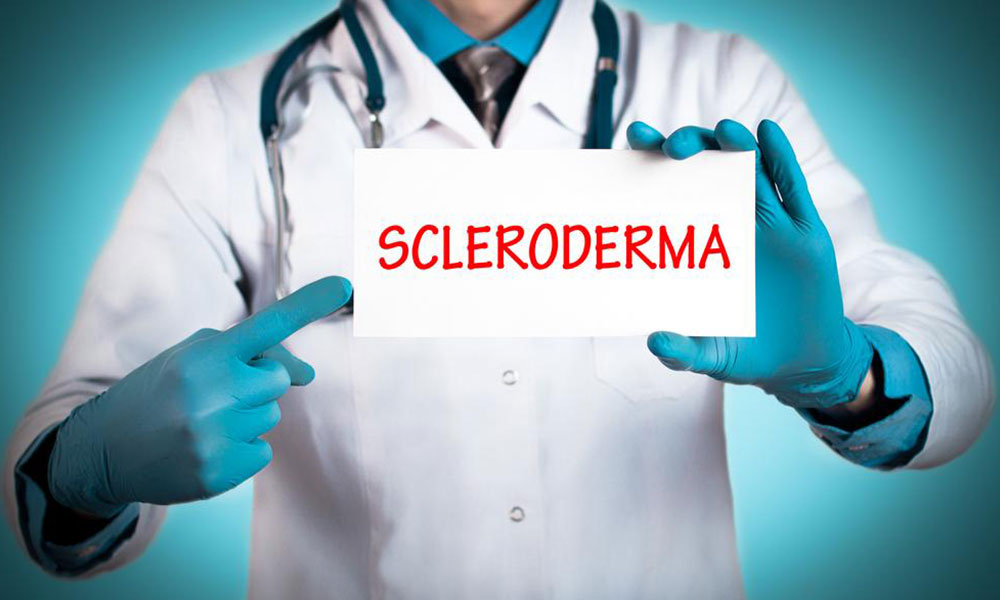Effective Early Intervention Strategies for Scleroderma Symptoms and Management
This comprehensive article explores early intervention strategies for scleroderma, emphasizing the importance of recognizing initial symptoms like skin tightening and Raynaud's phenomenon. It details treatment options including vasodilators, immune suppression, and supportive therapies. Early diagnosis and treatment are vital to prevent severe organ damage and improve patient outcomes, making awareness and prompt medical consultation essential components of managing this complex autoimmune disease.

Understanding and Managing Initial Signs of Scleroderma
Scleroderma, also known as systemic sclerosis, is a chronic autoimmune disorder characterized by abnormal immune responses that lead to the hardening and thickening of the skin and, in many cases, involvement of internal organs. Recognizing its early signs and understanding available intervention strategies are vital for preventing disease progression and improving quality of life.
This condition primarily affects the connective tissues, causing fibrosis due to the excessive production of collagen by overactive immune cells. Its complex nature makes early detection challenging but essential for effective management.
This image illustrates one of the most common early indicators: skin tightening.
Patients often notice patches of hardened, thickened skin that may appear in oval-shaped, linear, or widespread patterns across the torso, fingers, and limbs. Another early symptom includes finger numbness or tingling, especially triggered by cold exposure or emotional stress, known as Raynaud's phenomenon.
In addition, gastrointestinal manifestations such as acid reflux and esophageal dysmotility can occur early, impairing nutrient absorption and causing discomfort. These symptoms, along with skin changes, can serve as important signals warranting prompt medical evaluation.
Comprehensive Treatment Options for Early Scleroderma Symptoms
While some early symptoms may resolve spontaneously within three to five years, untreated progression can lead to serious internal organ involvement, including the lungs, heart, and kidneys. Therefore, early therapeutic intervention is critical to inhibit or slow disease progression.
Various strategies and treatments are employed to manage associated symptoms and prevent organ damage:
Vasodilator Therapy
Medications that promote blood vessel dilation, such as calcium channel blockers, are used to improve blood flow, reduce the severity of Raynaud's phenomenon, and protect vital organs from ischemic damage.
Immune System Suppression
Immunosuppressive drugs like methotrexate or cyclophosphamide can modulate immune activity, preventing excessive collagen deposition and tissue fibrosis, thereby controlling disease progression.
Gastrointestinal Management
Medications such as proton pump inhibitors (e.g., omeprazole) are prescribed to alleviate acid reflux caused by esophageal fibrosis, enhancing comfort and nutritional status.
Infection Prevention
Patients are advised to take protective measures during cold weather, including protecting extremities with gloves, and receiving vaccinations against influenza and pneumonia to prevent secondary infections that can exacerbate disease complications.
Rehabilitative and Supportive Therapies
Physiotherapy and occupational therapy can help maintain joint flexibility, reduce discomfort, improve strength, and support daily functional independence, especially in affected limbs.
Early identification of scleroderma signs and prompt consultation with healthcare providers are crucial. A multidisciplinary approach involving rheumatologists, dermatologists, gastroenterologists, and physical therapists can optimize outcomes and enhance patients' quality of life.





